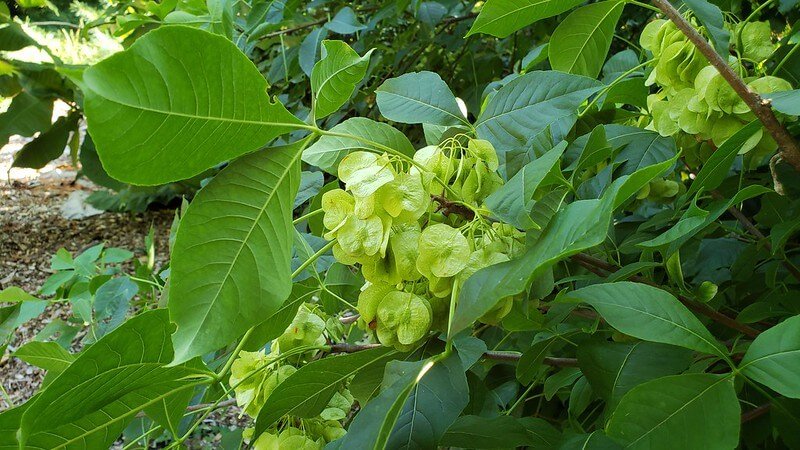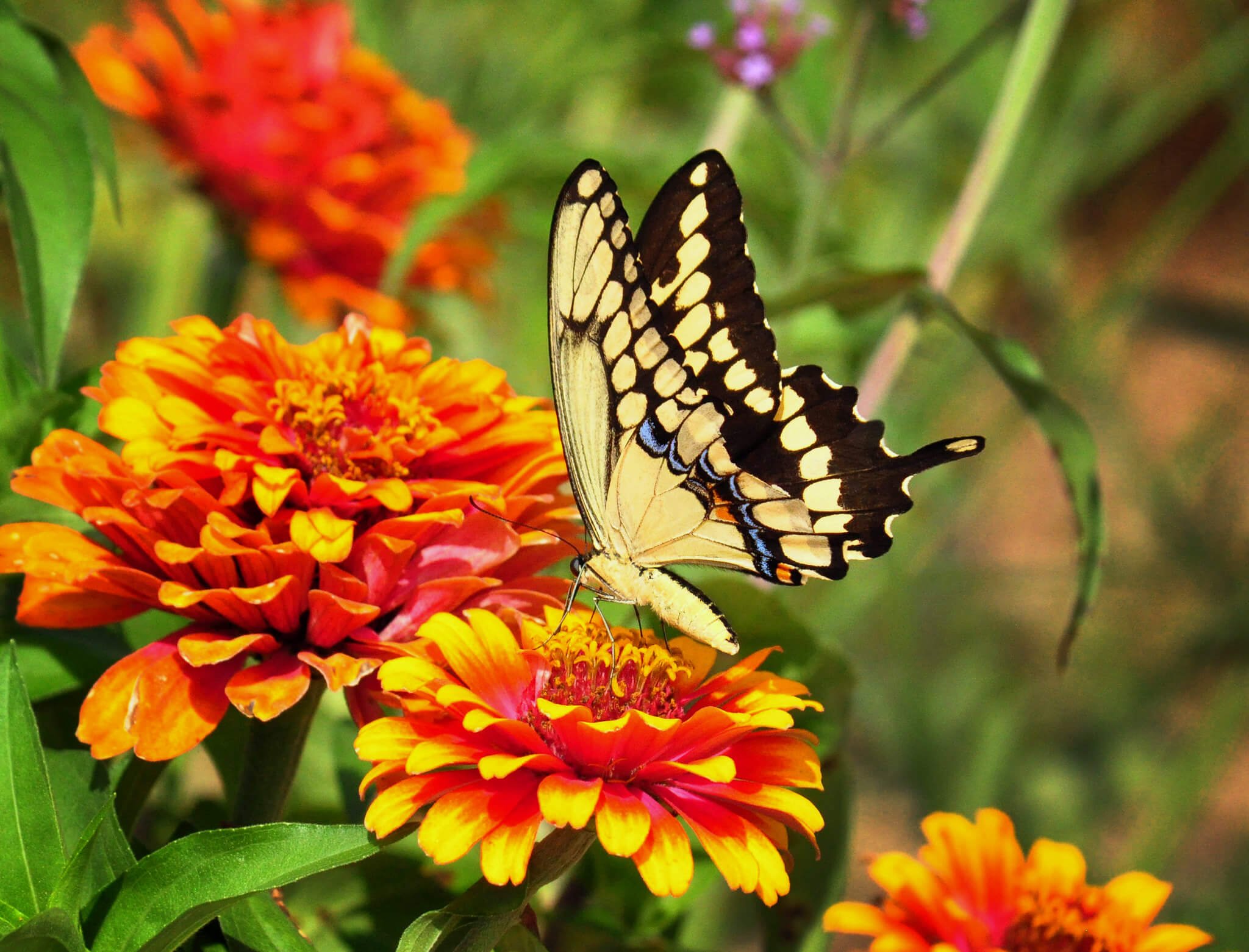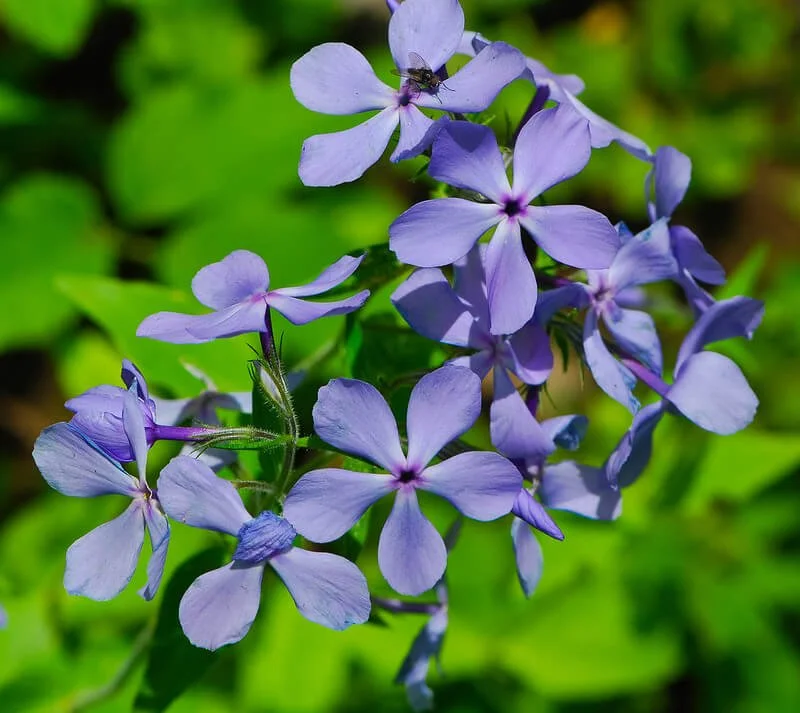Columbine (Aquilegia canadensis)
Columbine is such a satisfying plant to have in your woodland garden. First, it is one of the first plants to provide an important source of nectar in the spring for bees, butterflies, and hummingbirds. Second, Columbine is the host plant for the Columbine Duskywing and Wild Indigo Duskywing butterflies. Besides being an early bloomer, Columbine is adaptable to a large range of soil and sun types, so whether you have shade or full sun, you can still be successful with this plant.
Photo credit: John Blair (2: Wild Indigo Duskywing)
Columbine is such a satisfying plant to have in your woodland garden. First, it is one of the first plants to provide an important source of nectar in the spring for bees, butterflies, and hummingbirds. Second, Columbine is the host plant for the Columbine Duskywing and Wild Indigo Duskywing butterflies. Besides being an early bloomer, Columbine is adaptable to a large range of soil and sun types, so whether you have shade or full sun, you can still be successful with this plant.
Photo credit: John Blair (2: Wild Indigo Duskywing)
Columbine is such a satisfying plant to have in your woodland garden. First, it is one of the first plants to provide an important source of nectar in the spring for bees, butterflies, and hummingbirds. Second, Columbine is the host plant for the Columbine Duskywing and Wild Indigo Duskywing butterflies. Besides being an early bloomer, Columbine is adaptable to a large range of soil and sun types, so whether you have shade or full sun, you can still be successful with this plant.
Photo credit: John Blair (2: Wild Indigo Duskywing)
Life Cycle: Perennial
Sun Exposure: Full, Partial sun, shade
Soil Moisture: Medium, Medium-dry, Dry
Height: 2 feet
Plant Spacing: 10-18 inches
Bloom Time: April - June
Bloom Color: Red
Advantages: Pollinator Favorite, Deer Resistant, Bird Favorite, Great landscaping plant
Host Plant: Columbine Duskywing, Wild Indigo Duskywing, and 10 other species of butterflies and moths use this as a caterpillar host plant in our area (nwf.org)
Complementary Plants: Field Pussytoes, Prairie Smoke, Wild Lupine, Wild Geranium, Phlox, Hairy Beardtongue, Foxglove Beardtongue, Golden Alexander










